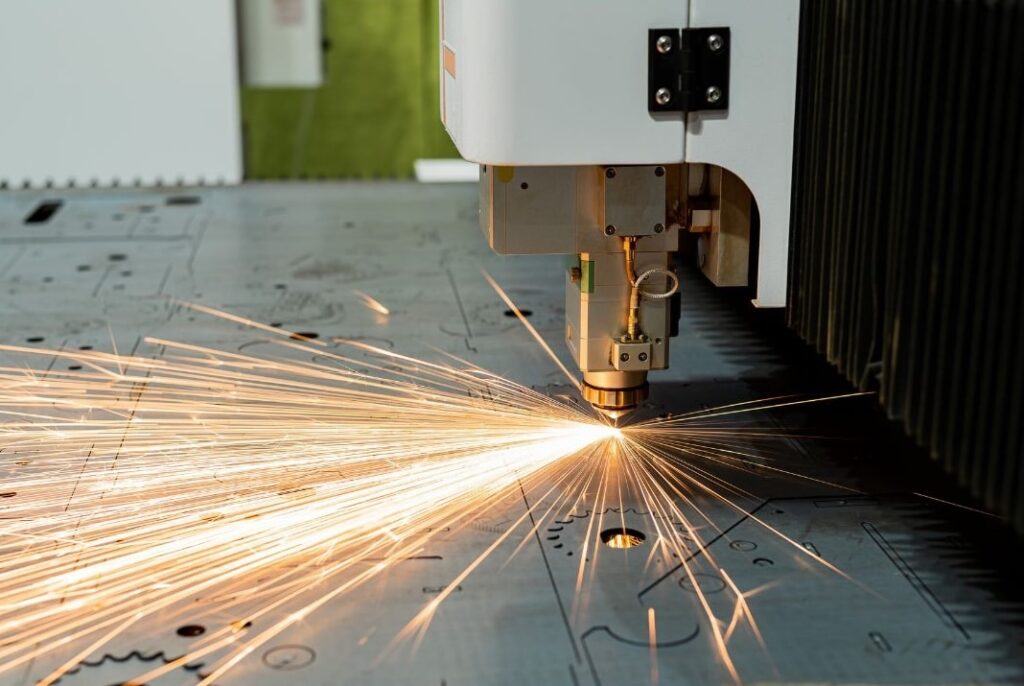
What is a Flat Pattern Development in Sheet Metal Fabrication?
Before any bending begins, a sheet metal part starts life as a 2D layout. That’s the flat pattern development. It’s...
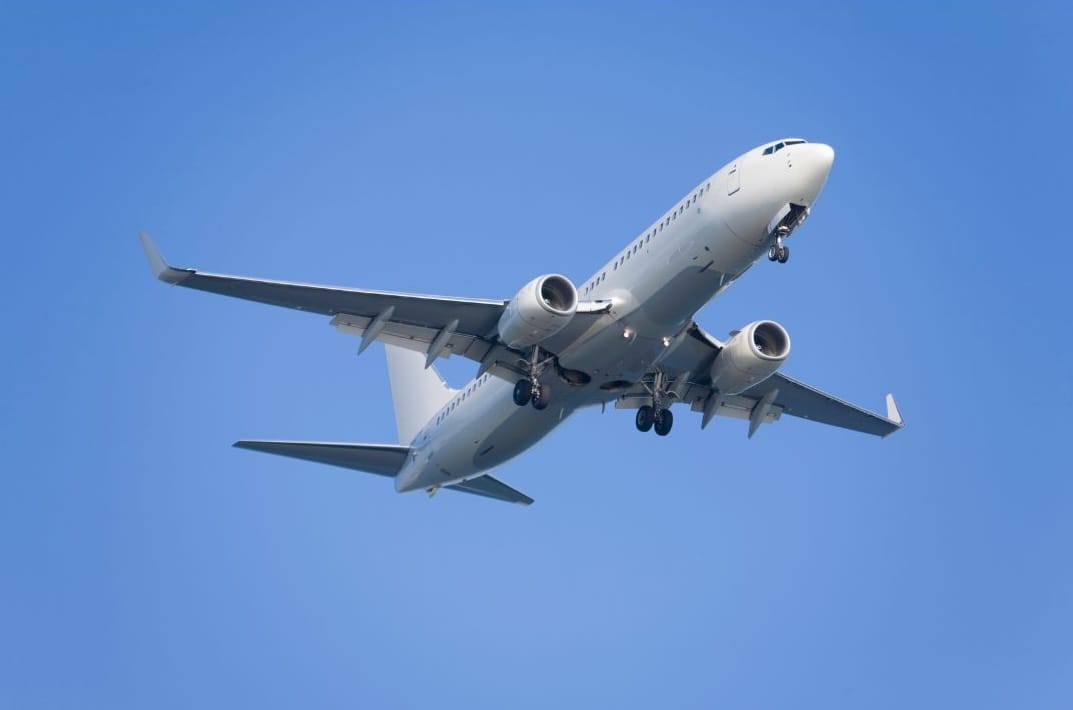
The aerospace industry depends on precisely engineered components to ensure safety, efficiency, and compliance with strict aviation regulations. Aircraft—whether commercial, military, or private—require metal parts that can withstand extreme conditions while maintaining structural integrity.
Metal fabrication is crucial in producing these components, shaping raw materials into highly specialised parts. This article highlights seven essential aerospace components manufactured using metal fabrication and explores their significance in aviation.
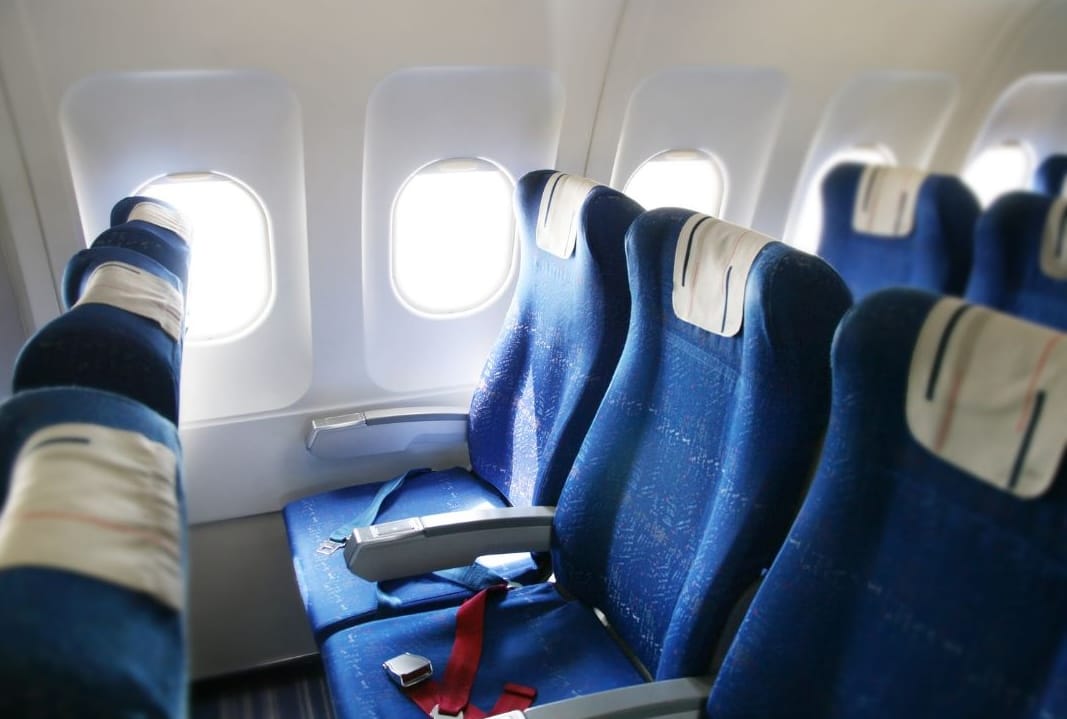
Aircraft seating plays a significant role in passenger safety and comfort while contributing to overall weight optimisation. Every component—from seat frames to structural brackets—must be strong yet lightweight to meet fuel efficiency targets and aviation safety standards.
Aerospace metal fabrication processes such as CNC machining and precision sheet metal forming are used to produce high-strength aluminium and titanium seat structures. These components must comply with strict fire resistance and impact absorption regulations to ensure passenger protection in emergencies.
Custom-fabricated seat frames, fasteners, and support brackets also enhance the ergonomic design, ensuring a balance between durability and passenger comfort. The ability to mass-produce consistent, high-quality seating components is essential for aerospace manufacturers looking to meet airline and regulatory requirements efficiently.
Aircraft interiors must be designed for durability, safety, and space efficiency, making metal fabrication essential for producing galley and storage components. Galleys, lavatories, and storage compartments require metal structures that withstand constant use, high-altitude conditions, and strict fire safety regulations.
Fabricated from stainless steel, aluminium, and titanium, these components include shelving units, storage frames, and mounting brackets. Precision laser cutting and CNC bending ensure accurate dimensions, allowing these parts to integrate seamlessly into the aircraft’s interior.
Beyond strength, weight reduction is a key consideration. Lighter fabricated metal parts contribute to overall fuel efficiency without compromising structural integrity. These components must also meet corrosion and fire resistance standards, ensuring long-term reliability in demanding aviation environments.
Lease plates are a vital part of aircraft identification, providing essential ownership and leasing details. These metal plates must endure extreme conditions, including high-altitude temperature shifts, UV exposure, and potential chemical contact.
Manufacturers use anodised aluminium and stainless steel for their durability and resistance to corrosion. Precision engraving and laser cutting ensure that all regulatory markings, serial numbers, and airline-specific details remain legible throughout the aircraft’s lifespan.
Since aviation authorities enforce strict compliance on identification plates, every lease plate must meet exacting standards for readability and permanence. Custom fabrication ensures plates are produced to precise specifications, whether for a new aircraft or an updated registration.
Aircraft rely on advanced avionics and, for many frequent flyers, in-flight entertainment systems, all of which require protective metal enclosures. These housings safeguard delicate electronic components from mechanical damage, electromagnetic interference (EMI), and environmental stressors.
CNC machining and sheet metal fabrication are used to create precision-fitted casings, brackets, and panels. These components must be lightweight yet durable, ensuring proper heat dissipation and structural integrity. Materials such as aluminium and stainless steel are commonly used due to their strength and corrosion resistance.
Precision in fabrication is essential, as even the slightest misalignment could impact the functionality of avionics systems. Strict quality control ensures each housing component meets aviation safety and performance standards, providing reliability for critical flight operations and passenger entertainment.
Brackets play a key role in keeping aircraft components secure, from electrical wiring to mechanical assemblies. These small yet vital parts must handle significant stress while remaining as lightweight as possible.
Metal fabrication processes such as laser cutting, forming, and CNC machining allow for the precise manufacturing of brackets with exact specifications. Aluminium and titanium are often used due to their strength-to-weight ratio and resistance to corrosion.
Since brackets contribute to the overall stability of aircraft systems, every piece must be made to exact tolerances. Aviation standards demand consistency, ensuring these components fit seamlessly into the aircraft structure. Custom-fabricated brackets also support modular designs, allowing for easier maintenance and upgrades throughout an aircraft’s lifespan.
Aircraft require custom-built metal components that fit seamlessly into complex structures. From reinforcement panels to support frames, precision fabrications help maintain the strength and efficiency of aerospace designs.
CNC machining, laser cutting, and forming techniques are widely used to shape metals like aluminium, titanium, and stainless steel into highly accurate assemblies. Each component must meet strict aviation tolerances, ensuring a perfect fit within the aircraft structure.
Beyond structural support, fabricated assemblies are also used in mechanical and electrical systems, helping to improve reliability and reduce overall aircraft weight. Advanced metal fabrication processes allow for consistency in production, which is especially valuable for manufacturers looking to scale up operations without compromising on quality.
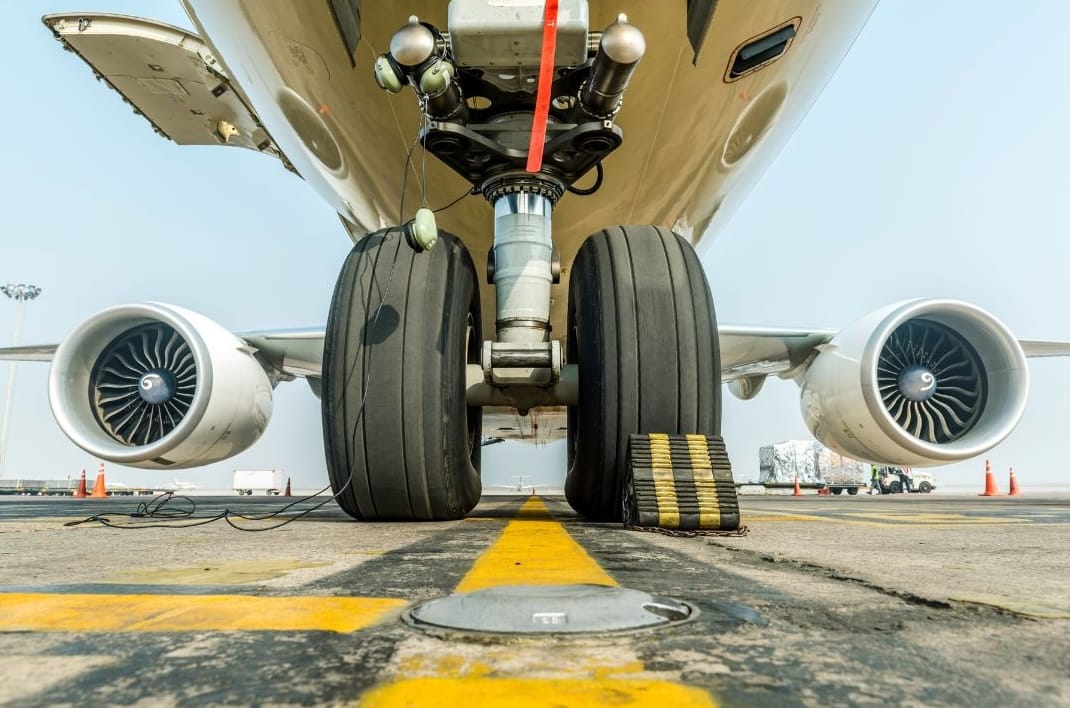
Aircraft undercarriages must handle intense loads during takeoff, landing, and taxiing. Every component within the landing gear system—struts, supports, and reinforcements—must be engineered for strength, durability, and precision.
Metal fabrication plays a key role in shaping these parts, ensuring they meet the weight and structural requirements needed to absorb impact and prevent failure. High-strength materials such as titanium and specialised steel alloys are commonly used due to their ability to withstand extreme pressure and fluctuating temperatures.
Manufacturing techniques like CNC machining and laser cutting allow for the production of complex, high-precision parts. Aviation safety regulations demand strict adherence to tolerances, ensuring each undercarriage component functions reliably throughout the aircraft’s lifespan.
Metal fabrication is a major part of aerospace manufacturing, shaping components that keep aircraft safe, efficient, and built to last. From lightweight seating frames to rugged undercarriage reinforcements, precision-engineered metal parts contribute to every stage of an aircraft’s design and function.
Whether for structural assemblies, electronic housings, or specialist brackets, the accuracy and durability of these components are non-negotiable. Aviation standards are demanding, requiring fabrication processes that deliver consistency, reliability, and exacting tolerances.
Greengate Metal Components specialises in producing high-quality aerospace parts using advanced CNC machining, sheet metal fabrication, and tailored manufacturing solutions. With expertise in working with high-performance materials and industry-specific requirements, the company provides reliable, precision-crafted components to aerospace manufacturers and engineers.
For expert consultation on aerospace component fabrication, contact Greengate Metal Components today.

Before any bending begins, a sheet metal part starts life as a 2D layout. That’s the flat pattern development. It’s...
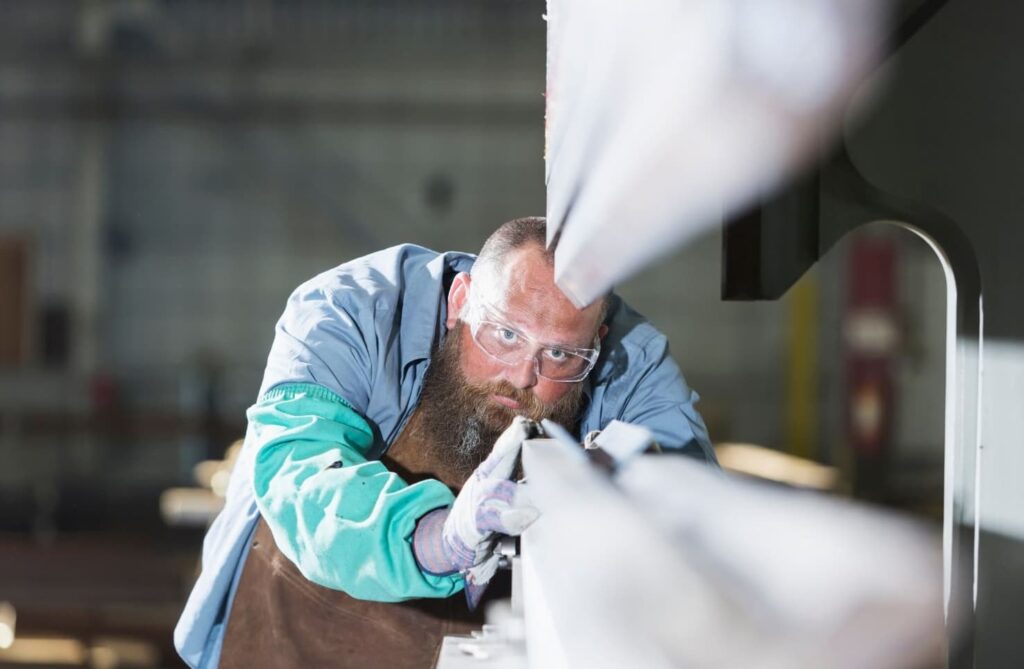
Most sheet metal design errors don’t happen during production — they start earlier, in planning or communication. Maybe it’s the...
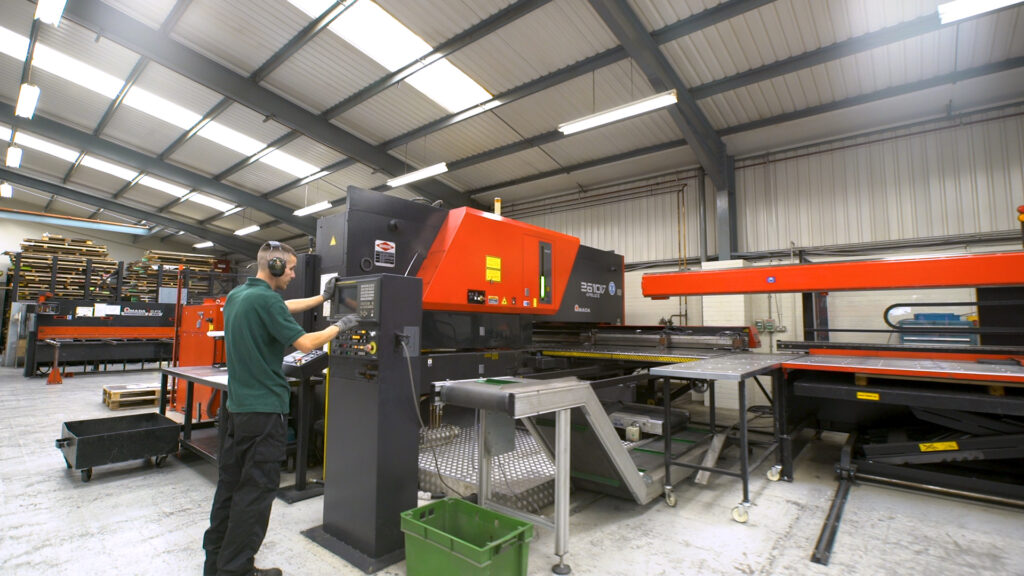
While Numerical Control (NC) has been around for decades, Computer Numerical Control (CNC) continues to reshape how precision parts get...